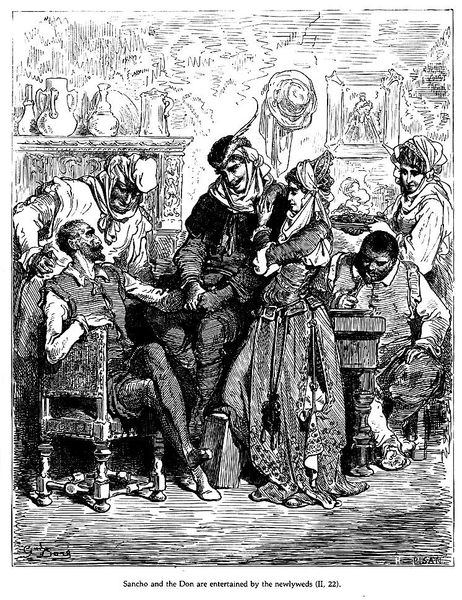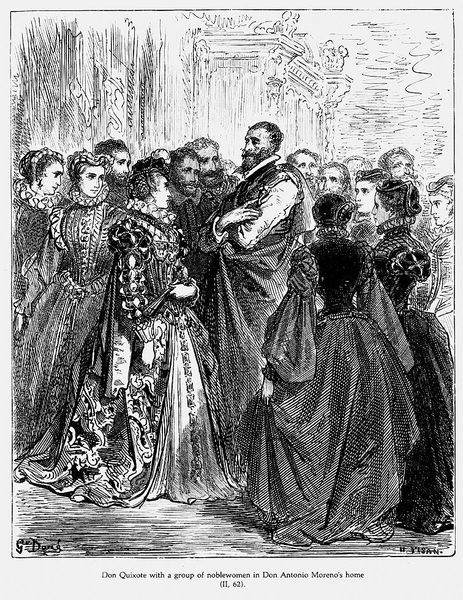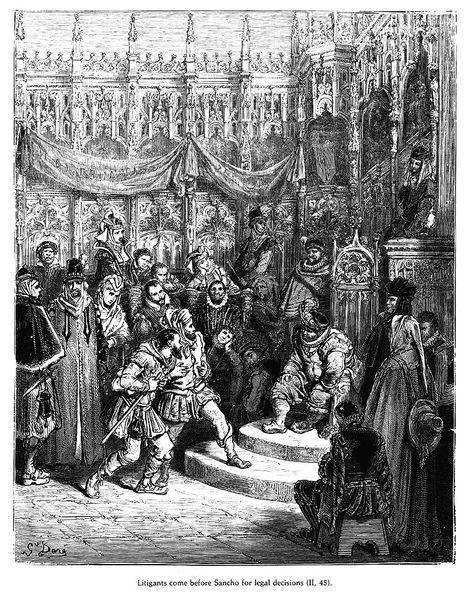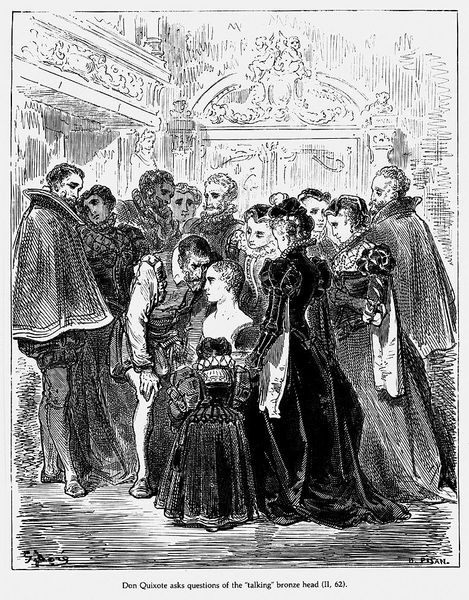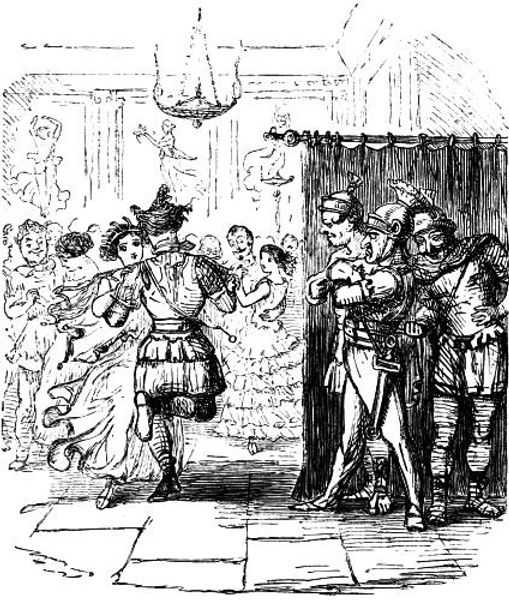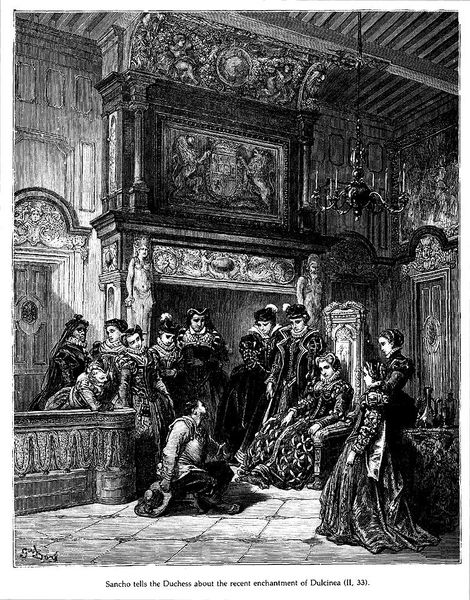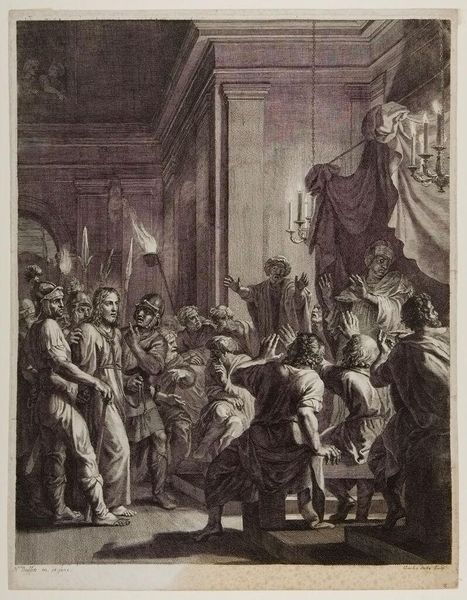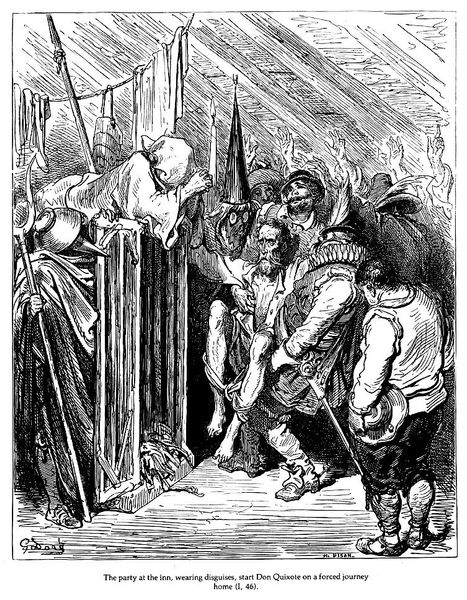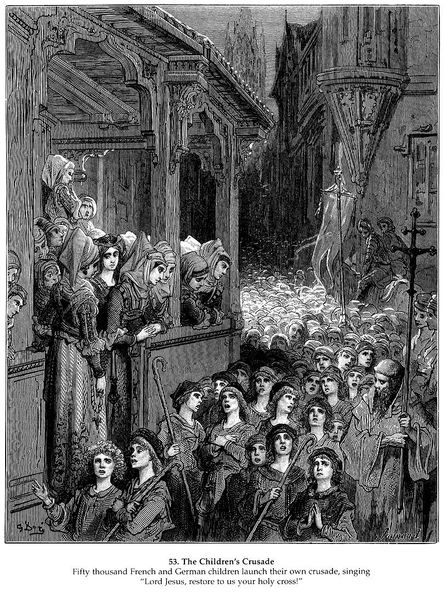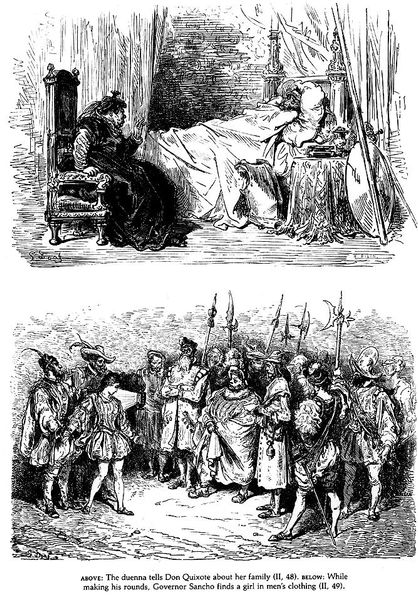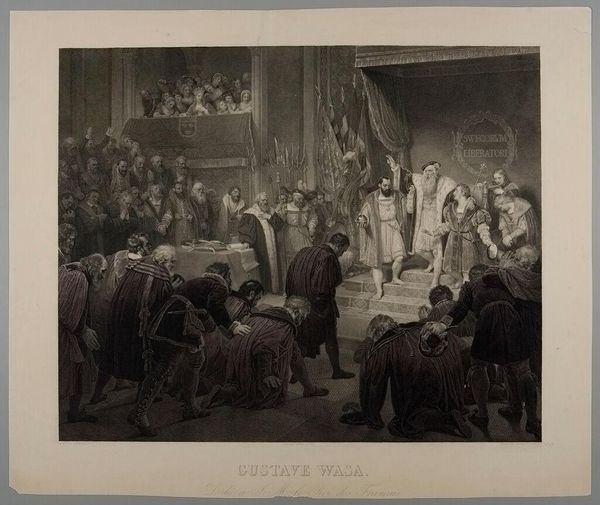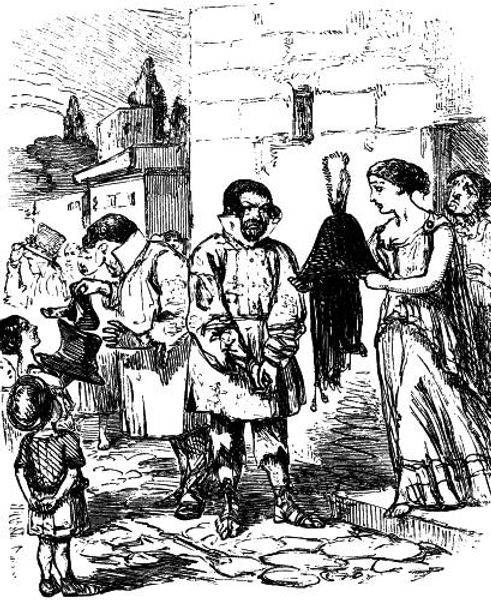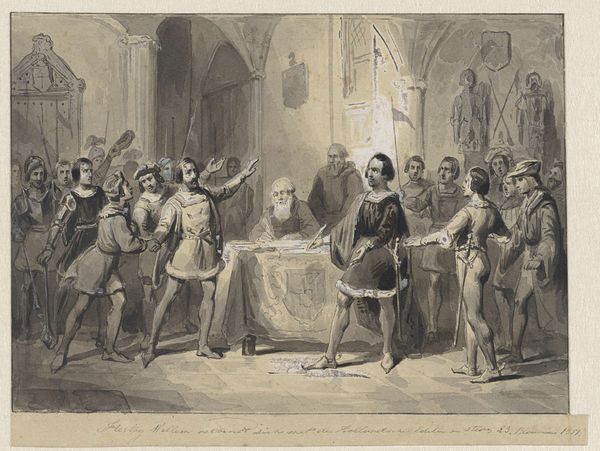
drawing, photography, engraving
#
drawing
#
narrative-art
#
figuration
#
photography
#
romanticism
#
line
#
genre-painting
#
engraving
Copyright: Public domain
This image of Don Quixote was made by Gustave Doré using wood engraving, a technique that gained prominence in the 19th century. Wood engraving involves using a burin to carve a design into the end grain of a block of wood, usually boxwood, which is much harder than the woods used for woodcuts. This allows for finer detail and the creation of delicate lines. The resulting blocks can be used for printing illustrations, such as this one, which were often incorporated into books and periodicals. The process required highly skilled artisans to translate the artist's vision into a printable form. The labor-intensive nature of wood engraving meant that it was often used for mass-produced imagery, reflecting the growing demand for visual content in an increasingly literate society. So, while Doré's original drawing is important, the engraver’s craft and the printing process itself are central to how the image reached its audience, highlighting the intersection of art, craft, and industrial production.
Comments
No comments
Be the first to comment and join the conversation on the ultimate creative platform.
